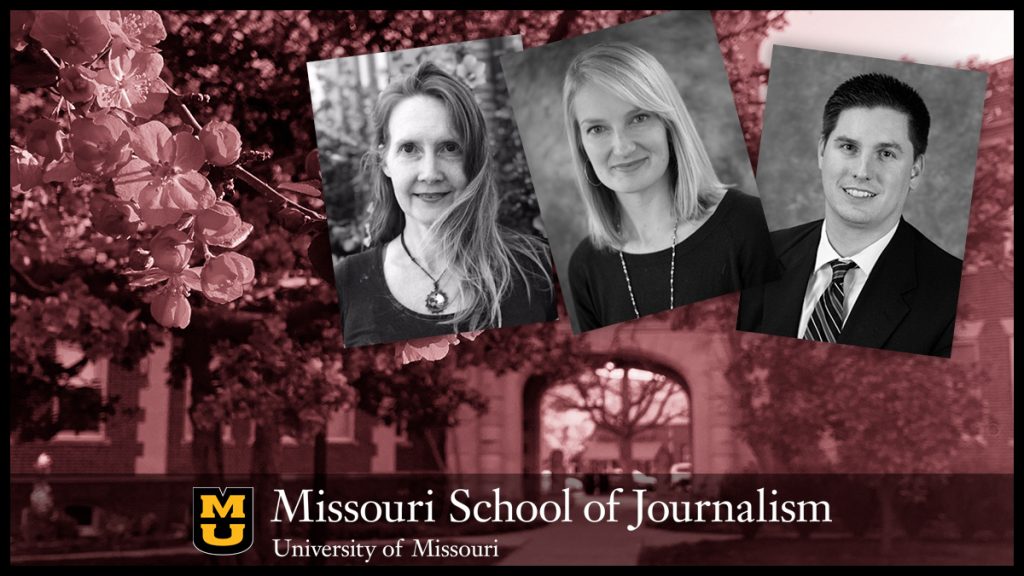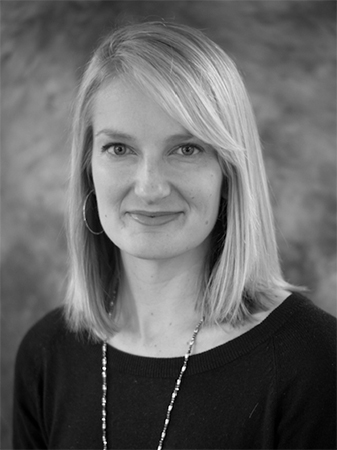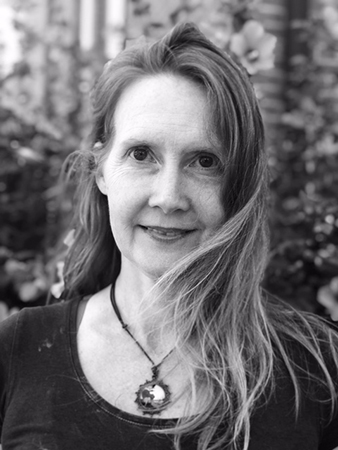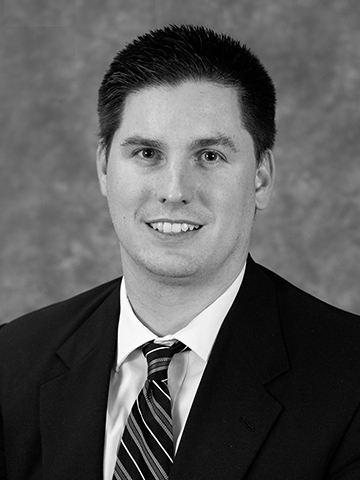Students unite journalism, theatre and history to revive voices of the past

COLUMBIA, Mo. (April 16, 2025) — With the help of a $15,000 grant from the Missouri Humanities Council, an interdisciplinary team of journalism and theatre students will work with oral histories about life in Columbia, Missouri, during the 1930s and 1940s.


The Missouri School of Journalism’s Janet Saidi, an assistant professor and NPR member station KBIA-FM’s long-form audio producer, has partnered with Claire Syler, an associate professor of theatre and performance studies, to bring the voices of the past into the present. Once the collection is digitized, a “public humanities” course next spring will see students transcribe and learn from the stories it contains, making it easier for researchers, journalists and artists to draw from the recordings in a variety of ways.
“Our question for the students is, what can you find?” Saidi said. “What are the stories like? And then toward the end of the semester, how do we connect these stories and this history to the public and to today?”
Originally recorded in the 1990s by Mizzou students under the leadership of former chancellor Haskell Monroe, the Haskell M. Monroe Jr. Oral History Collection is housed at the State Historical Society of Missouri (SHSMO) and features Columbia elders — such as John Hulston, the namesake of Mizzou’s Hulston Hall — recalling aspects of daily life from nearly a century ago.
“Our question for the students is, what can you find? What are the stories like? And then toward the end of the semester, how do we connect these stories and this history to the public and to today?”
Janet Saidi, associate professor, Missouri School of Journalism, and long-form audio producer, KBIA-FM
Primary sources reflecting on an era that is now known primarily by its depictions in film, in books and through the lens of black and white photography could offer valuable insights into a consequential period in American history. But the collection’s largely analog format, consisting of 483 audio cassettes compared to only 17 CDs, can make sifting through the stories an imposing prospect and poses a risk to preservation.

“We like to follow the rule of three when it comes to oral histories,” said Sean Rost, assistant director of research at SHSMO. “Each interview should be saved in three formats instead of one to prevent it from being lost, such as in a fire, natural disaster, malware attack or computer failure. So we try to save audio in its original format, have a backup copy in a digital format and a transcript or audio log.”
That isn’t the only rule of three at play. Three disciplines rooted in different forms of storytelling — journalism, theatre and history — will converge in ways that Syler, who initially envisioned the project and brought Saidi aboard, sees as mutually beneficial.
“If a theatre student is interested in taking a dramaturgical perspective or narrative perspective to podcasting, that is something that can be available to them,” Syler said, alluding to KBIA’s experience with podcasts that highlight community voices. “Similarly for student journalists, the kind of creative license that a performance class allows could open up an opportunity. I’m hoping we’ll also be reading some history from the 1930s and ’40s to contextualize these experiences of everyday folks.”
Syler previously worked with Saidi when directing “The Green Duck Lounge,” a play co-produced by Saidi. Rost has also worked with Saidi on Missouri on Mic, KBIA’s award-winning oral history podcast. In bringing the trio together for the first time, the project reflects the passion for storytelling at the foundation of each of their disciplines.
“Being able to listen to storytellers, many of whom have since passed away, allows their story and memories to live on,” Rost said.
Updated: April 17, 2025